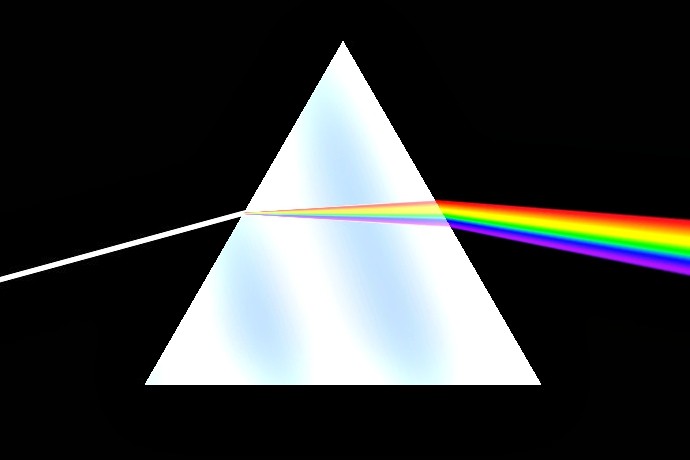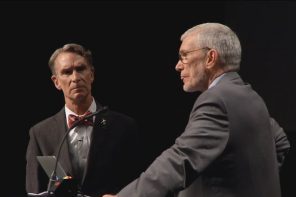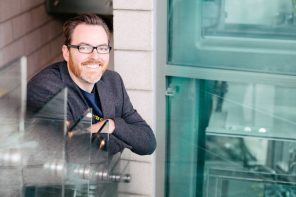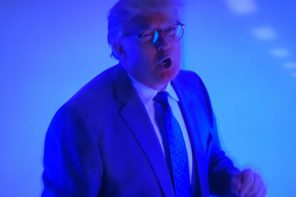You could read this as a straightforward narrative of medical recovery. Or you could read it as a fraught parable of modern identity:
Doctors diagnose a two-year-old boy, Alex, with autism. Like other toddlers receiving the diagnosis, Alex rarely makes eye contact, finds it difficult to communicate, and shows hypersensitivity to many stimuli. He undergoes behavioral therapy, attends special schools, and eventually shifts to a non-special needs classroom. By the time Alex is 10, he’s no longer displaying enough symptoms to fall on the autism spectrum. He has, in a sense, been cured.
Is this a triumphant story of therapeutic success? Science journalist Siri Carpenter isn’t sure, and she captures the full nuance of the situation in a terrific new piece of reporting about Alex and other kids who exit the autism spectrum. The article appears in Spectrum, the recently-rebranded web magazine of the Simons Foundation Autism Research Initiative.
As Carpenter chronicles, there’s a long and often brutal history of doctors trying and failing to cure kids with autism. In recent decades, there’s been a shift toward research into the genetics and environmental determinants of autism—research focusing on preventing autism, not fixing it. But, Carpenter writes, “a handful of studies in the past three years indicate that for reasons no one understands, a minority of children, like Alex, shed the core symptoms necessary for an autism diagnosis.”
The implication of these studies, Carpenter observes, “is both tantalizing and fraught.” Tantalizing, because of the burden that autism can impose on individuals and families. And fraught for a few reasons, which are worth exploring in a bit more depth.
For one thing, not everyone agrees that autism is a disease to be cured. From a perspective that recognizes the possibility of “neurodiversity,” autism is one just one distinctive neighborhood in the realm of human cognition. Who’s to say that this way of experiencing the world, if different from the mainstream, is somehow worse? Increasingly, an autism diagnosis comes with a built-in community, and access to a burgeoning identity movement.
A second issue is that, while some kids may exit the diagnostic criteria for autism, it doesn’t mean other behavioral challenges won’t remain. One autism researcher has identified 38 kids who no longer have an autism diagnosis. Of those 38, Carpenter writes, “35 continue to have emotional, behavioral or learning difficulties, and only 10 are in a mainstream classroom with no additional support.”
Finally, it’s important to remember that a diagnosis isn’t a natural absolute that scientists set out to discover. It’s a human-made category, which doctors then apply to patients’ symptoms. When a child loses an autism diagnosis, what has changed? The underlying cause? The symptoms? The child’s strategies of self-presentation? The diagnostic categories themselves? Carpenter spoke with Carol Greenburg, a special education advocate who’s skeptical that many children can leave their diagnosis behind:
Greenburg says that in most, if not all, cases of apparent recovery, people have not actually lost their autism, but rather have learned coping mechanisms that allow them to “simulate a non-autistic persona,” even in formal assessments. But “passing” in this way takes enormous energy, as both Greenburg and her 14-year-old son know from personal experience. “All autistics are forced into a position where we have to use that energy to create an appearance of normalcy rather than to actually function,” she says.
These issues aren’t unique to autism. We might call them challenges of the spectrum, recognizing that the “spectrum” is the ascendant identity model for our time. In sexuality, gender, and cognition, the old binaries—male/female, gay/straight, normal/disordered—have splintered into a range of more granular designations, or a rejection of the process of precise designation altogether. We can observe something similar about religious identity, where slotting individuals into denominations has become more difficult, even as spiritual life, in its myriad forms, seems to be vibrant as ever.
Spectra bring challenges as their edges can be difficult to define—what does it mean to leave the territory of, say, autism, and enter some other part of the cognitive map? And their fluidity forces us to recognize that people make choices and change, often in ways that can feel uncomfortable to those who expect identity to exist in a more settled form.
Also on The Cubit: Why Science Needs Neurodiversity, Autism Included





